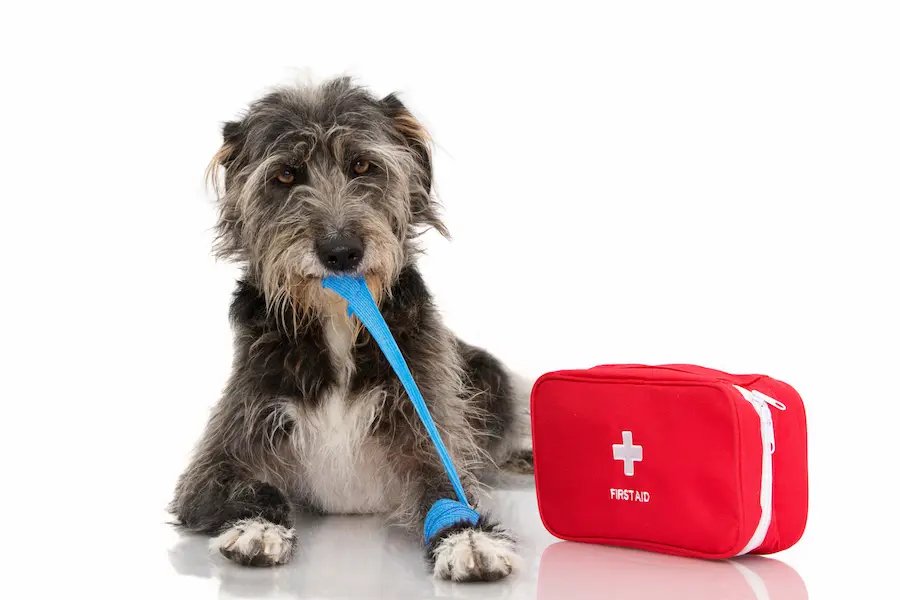There’s a plethora of health benefits of pets. From reduced stress and risk of heart disease to an increase in happiness and reduction of loneliness.
Indeed, pets are no less important than humans. They are our family. So, when a pet is gasping for air, it shouldn’t be met with inaction.
When your pet is choking or having a respiratory emergency, it’s time to administer CPR. But what is pet CPR exactly?
Here’s what you need to know about how to perform it. Let’s get into it!
Table of Contents
Defining Pet CPR
Pet CPR is a technique that can help save the life of your beloved pet in the event of an emergency. It is important for pet owners to understand the basics of how to perform it properly.
It is used when a pet’s heart rate or breathing has stopped or slowed down. Though it is not a substitute for veterinary care, it can be a life-saving skill in some situations.
Ultimately, keep in mind that you should never attempt CPR on a pet if you do not feel comfortable doing so.
Understand the Basic CPR Guidelines
As a first step, owners should check the pet’s airway and remove any blockage. Following this, provide 30 gentle chest compressions. When performing compressions, firmly push down about one-third of the depth of the chest cavity.
After the compressions are completed, perform two rescue breaths, making sure the pet’s chest is rising and falling. Repeat these steps until help arrives or the pet shows signs of conscious recovery like gasping or coughing.
Incorrectly performing a dog CPR or cat CPR can cause more harm than good, so it is important to become familiar with the guidelines prior to attempts.
The Benefits of Pet CPR Training and Certification
Having pet CPR training and medical certification allow pet owners to feel more prepared and secure knowing they have the skills to help their pet in the case of an emergency. In addition, it can minimize the risk of further injury or death if quick action is taken.
Certifications must be renewed regularly, ensuring owners have the latest information on the best practices for pet CPR. Click here and learn more about this lifesaving procedure and how to respond properly in an emergency.
Checking for Signs of Danger
If the pet is unconscious and unresponsive, you’ll need to check them thoroughly for any signs of injury. Checking the airway and breathing rate is also important to assess the pet’s condition.
In order to perform Pet CPR, compressions must be performed and the correct technique should be followed. Afterward, a pet must be closely monitored to ensure that its pulse and breathing have stabilized.
Finally, owners should immediately seek out medical help. Bear in mind that it should only be performed when it is absolutely necessary.
Get a Pet CPR Certification Today
Pet CPR is an essential skill for pet owners to have. Be sure to look for classes that are taught by certified and experienced instructors, as these techniques can differ from those for humans.
If you’re experienced and trained, you can provide your pet with the best and quickest care in an emergency situation. So, what are you waiting for? Try enrolling in a course today to give your pet the care they need!
Did you find this article helpful? Check out the rest of our blogs!

